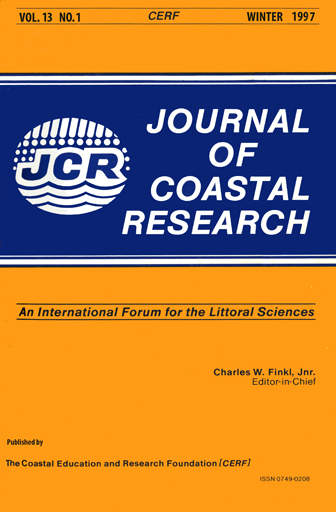The Biological Flora of Coastal Dunes and Wetlands. Sesuvium portulacastrum (L.) L.
Keywords:
Sea purslane, variation, morphology, habitats, communities, physiology, population ecology, reproduction, geomorphological interactions, economic importanceAbstract
Sesuvium portulacastrum (L.) L. (sea purslane, cenicilla) is a pantropical, perennial, trailing herb (Aizoaceae) with pink-purple or occasionally white flowers that grows on coastal beaches of five continents and many islands. Herein we present a review of the biology of S. portulacastrum. It is an important pioneer species on sandy beaches in the subtropics and tropics, where its stoloniferous, mat-forming growth habit promotes embryonic dune formation in belts parallel to the shoreline. Colonies act as barriers to intercept and hold water and wind transported sand. Sesuvium portulacastrum's success as a colonizing species is related, in large part, to its ability to be propagated by vegetative fragments and the tolerance of these fragments to salt water. Indeed, it has apparently reached nearly all locations in which it occurs by drifting segments in the sea. Other factors contributing to its success as a pioneer species include its tolerance of salt spray, sand scouring and burial, high substrate temperatures and low levels of soil nutrients. Its northern and southern distribution limits appear to be limited by the frequency, duration and severity of freezing temperatures.


